Snapping Hip Syndrome in Dancers | Dance Physiotherapy Toronto
Skilled Treatment for Hip Snapping and Pain in Dancers
Snapping hip syndrome is a common condition among dancers, especially those practicing ballet, jazz, or contemporary styles. It causes a popping or snapping sensation in the front or side of the hip during leg movements like développé devant or à la seconde. While often painless at first, snapping hip can progress to inflammation and limit dance performance.
At Strive Physiotherapy in Toronto, we specialize in dance physiotherapy and offer targeted care for snapping hip syndrome in dancers to help you recover and move freely.
What Causes Snapping Hip Syndrome in Dancers?
Snapping hip syndrome occurs when a tendon rubs over a bony structure in the hip or pelvis. The most common culprits are:
- Iliopsoas tendon (front of the hip)
- Tensor Fascia Latae (TFL) (side of the hip)
This snapping often results from muscle imbalances, especially when dancers force turnout beyond their natural range. As the leg moves into extension, poor control of turnout can lead to snapping.
Symptoms of Snapping Hip Syndrome in Dancers
- Audible snapping or popping in the hip during leg lifts
- Pinching or pain at the front of the hip during flexion
- Discomfort with internal rotation or deep hip movements
- Sensations that may be painless initially but worsen over time
Dance Physiotherapy Toronto: How We Help
Our dance-focused physiotherapists perform a detailed assessment to identify the source of the snapping and its severity. Treatment may include:
- Hands-on techniques like soft tissue release and hip mobilizations
- Strengthening exercises for glutes, core, and turnout control
- Education on proper technique and turnout mechanics
- Screening for underlying conditions like femoroacetabular impingement (FAI) or labral tears
We tailor every program to the unique needs of dancers, helping you recover and prevent future hip issues.
Massage Therapy for Snapping Hip
Massage therapy can relieve tightness in the hip, thigh, and lower back muscles contributing to snapping hip. Our registered massage therapists work closely with your physiotherapist to ensure coordinated care..
Sports Medicine Support for Snapping Hip
In some cases, your physiotherapist may refer you to a sports medicine physician for:
- Diagnostic imaging (X-ray, MRI, or ultrasound)
- Assessment for FAI or labral tears
- Medication or injections to reduce inflammation
Recovery Timeline for Snapping Hip in Dancers
Recovery depends on the severity and underlying cause:
- Mild cases: improve within weeks
- Chronic or structural issues: may require longer rehab or medical intervention
Early treatment leads to better outcomes and fewer disruptions to training.
Studio & At-Home Tips for Snapping Hip in Dancers
- Avoid doing the things that aggravate your symptoms.
-
- e.g. you may need to lower the height of your extensions or reduce the range of your turnout temporarily, to reduce how often your hip snaps and allow your pain to settle down before building back into your regular hip ranges.
- Stop doing hip flexor stretches
- Especially if you have been doing these a lot and your hip is not getting better. Often times this is actually feeding into your pain, so by stopping this stretch you can make a big difference.
- Don’t force your turnout!
- Maintain neutral pelvis posture throughout all exercises.
Want to get started at home? The following are some of exercises you can use to recover from ‘Snapping Hip’ Syndrome. Please keep in mind that these exercises were designed as a place to start to address your symptoms. These exercises should not be performed or continued if they cause or increase your pain in any way. Using these exercises for self-management of your symptoms does not replace the value of being assessed by a Health Professional. If you find you need help, let a Strive Health Professional help you, book your time today!
Original contribution to this page in 2021 by Danna Epstein Marcus, Registered Physiotherapist

Ready to Start Your Recovery?
Book a free 10-minute consultation with Grace Underwood, a registered physiotherapist and former dancer who understands the unique demands of dance training.


